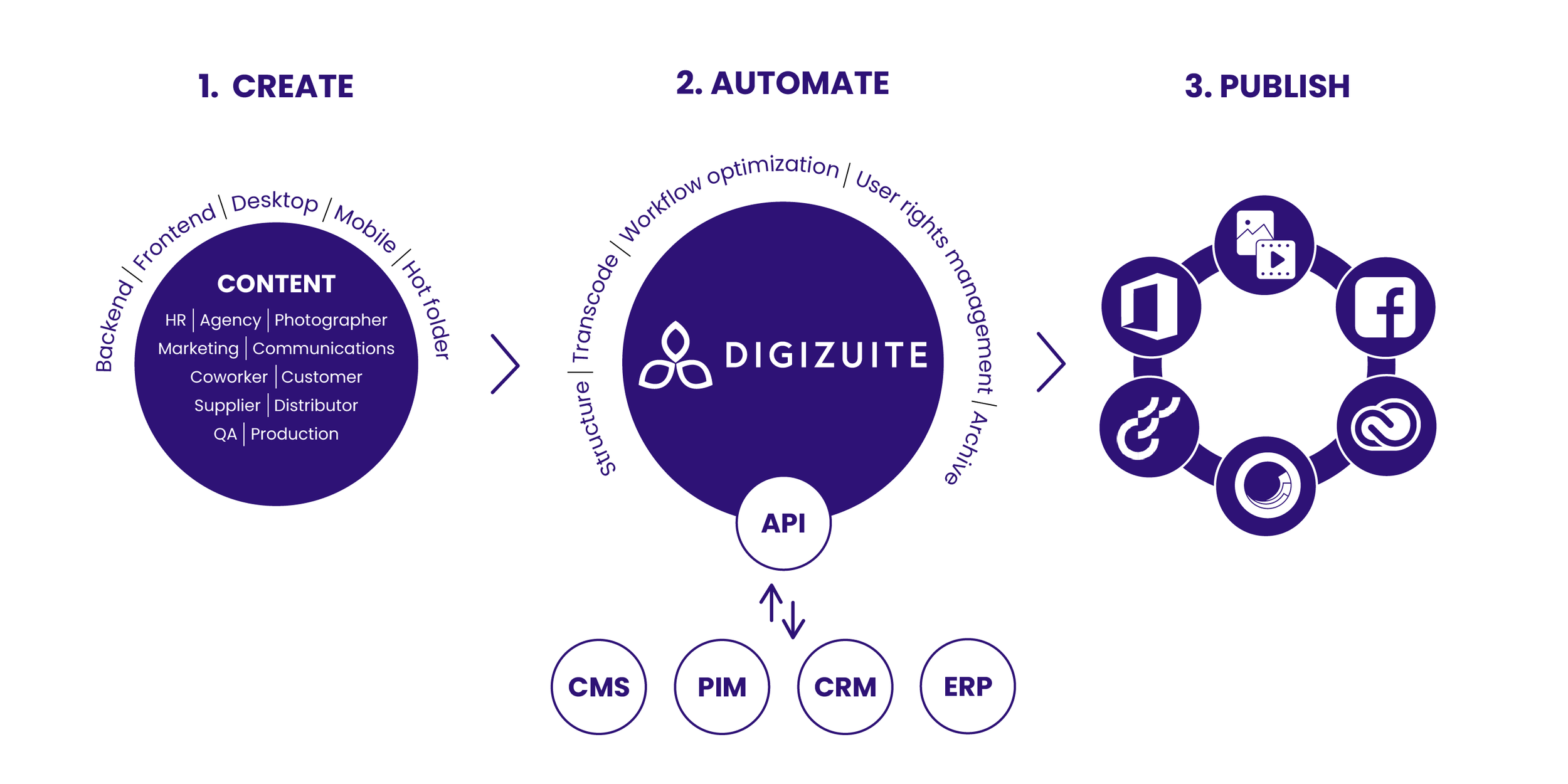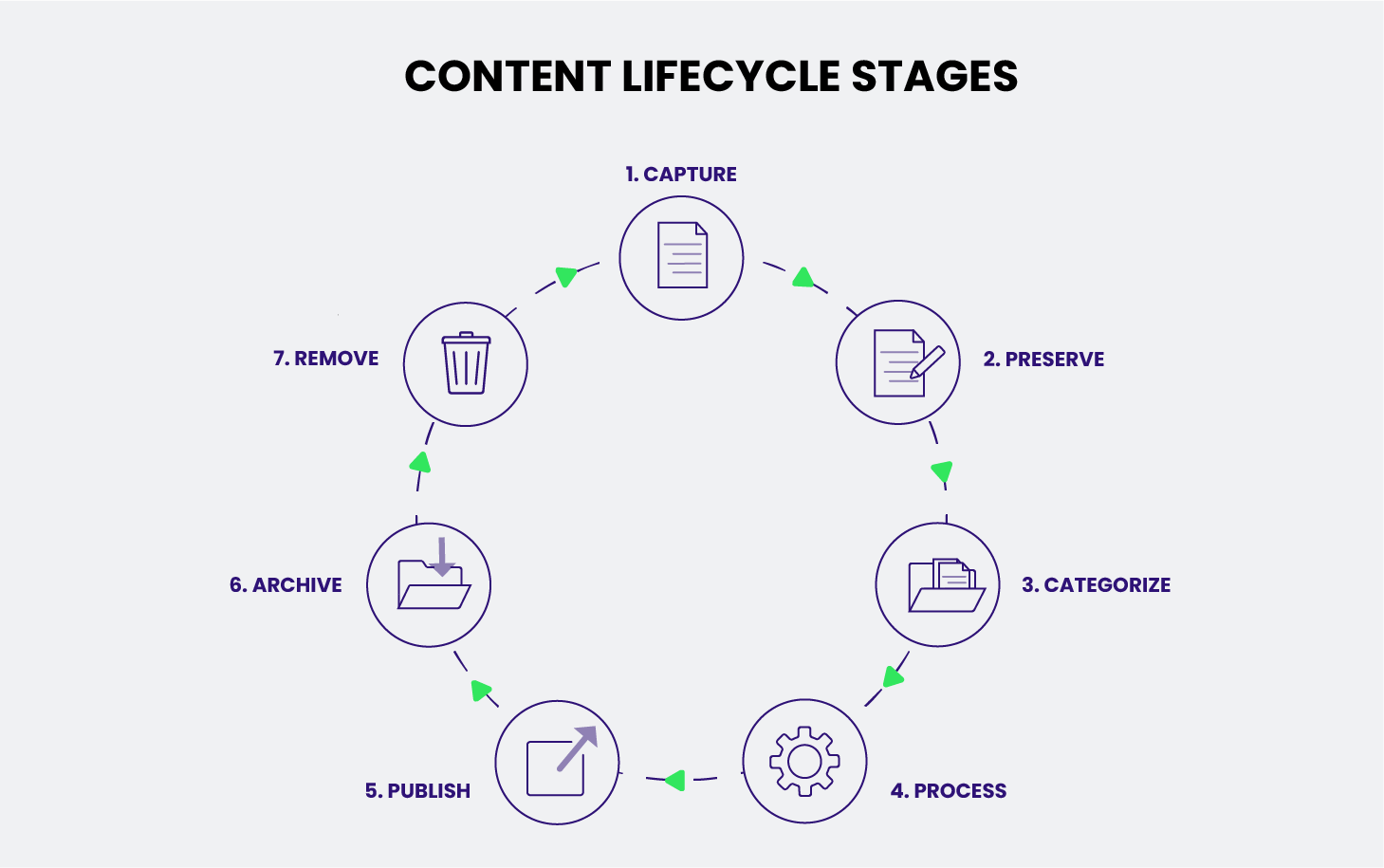Dressing for Success: 7 Best Practices for DAM in the Fashion Industry
You’re the owner of a thriving online fashion store, showcasing the latest trends attracting customers from all over the world.
You’re highly successful - but behind the glamour, you’re faced with a daunting challenge:
Handling hundreds (if not thousands) of digital assets like product images, videos and product data.
Knowing which digital asset is the correct one to use, finding it at the right time (and place) - all become way too time-consuming.
That's where Digital Asset Management (DAM) comes in - helping you organize and store everything effortlessly.
Plus, with a DAM system on your side, you'll create a compelling shopping experience that keeps your customers coming back for more.
In this article we take a look at 7 best practices for DAM in the fashion industry.
Table of contents:
7 best practices for DAM in the fashion industry
How Digizuite DAM enables powerful retail experiences
Conclusion
7 best practices for DAM in the fashion industry
From organizing all your digital assets in one place to handling the entire content lifecycle altogether - here’s 7 best practices for DAM in the fashion industry.
All your digital assets in one place
Using a DAM means you’ll have what’s called a “single source of truth” for all your digital assets.
In other words:
An organized, secure and easily accessible repository that stores your product images, videos, brand guidelines, product data etc.
By having this one place to access all the updated content for your fashion brand, you can easily avoid scattered digital asset storage. Which more often than not leads to version control issues and challenges finding the right content.
Say you’re preparing to launch a new campaign for next season's collection of athletic wear.
With DAM, your marketing team can quickly access the latest product images, videos, and brand guidelines.
The designers have already uploaded high-quality assets, and the product data is up-to-date, ensuring accuracy in product descriptions and pricing.
Metadata to tag digital assets
Due to the fast-paced nature of the fashion industry, time is of the essence.
Especially when it comes to how fast your content hits the right channels.
That’s why the second best practice is to use the right metadata to tag each and every digital asset.
Metadata is what you consider essential information about your digital assets. Like properties, attributes and context.
Great metadata includes details like SKU number, the item’s name, description, color, season, collection, photographer, location etc.
Efficiently managing and organizing digital assets with the right metadata allows you to quickly find and utilize content for your current marketing campaigns.
The result?
Making sure that only the latest fashion products and collections hit the right channels - at the right time.
Tip: Tag your digital assets with content about the occasion, product type, material and more.
Having strong version control (and rights management)
More often than not, digital content in the fashion industry goes through tons of updates and revision. Like retouching product images or adding new information to the products.
With the right version control in place, you can make sure that you track all the changes made over time. Plus, you can revert to the older versions if you need to.
This is super helpful when you’re working with a large team of photographers and designers who work on the same assets (often at the same time).
And, with proper rights management, you can ensure that only approved users can get their hands on the content, modify it and destitute it, which helps protect you from legal issues or any copyright infringement.
Digital asset organization
Another best practice is to create an intuitive organization system that helps your team members find exactly what they’re looking for.
Which boosts efficiency - plus reduces the risk of using any incorrect or outdated digital assets.
Make sure you organize your assets in a structured manner to simplify navigation and retrieval.
This entails creating an easy-to-understand folder structure and collections based on various criteria (like campaign, season, product category or marketing channels).
Picture a scenario where your marketing team is working on a time-sensitive social media campaign for that highly anticipated new collection launch.
Without any organization in place, your team will most likely struggle to find the right product images they need. Which results in delays, or even worse: Using the wrong, outdated content.
AKA - on the fast track to damaging the brands reputation.
With an organized approach to handling your digital assets, you can relax knowing that your team is working with only the most relevant assets in place.
File formats and compression
In the fast-paced online fashion industry, being able to present products and maintain brand image using high-quality content is crucial.
But a lot of the time, large file sizes slow you down (they take too long to load) and you might run into some website performance issues.
That’s why our fifth best practice for using DAM in the fashion industry is to use appropriate file formats (like PNG for graphics and JPEG for images) - plus compression techniques.
Why?
This makes sure that your digital assets are ready for distribution online without having to make any sacrifices in terms of quality.
And, if you follow the previous best practices and invest in great organization and metadata tagging, this content should be found at a lightning fast speed.
Managing the digital asset lifecycle
It’s crucial that you manage the entire digital asset lifecycle from the day they’re created to the day they're archived.
Why?
Because that's how you make sure that your content has the appropriate copyright licenses and permissions, plus you avoid using expired content (that negatively affects brand management).
In addition, it helps you see exactly which assets perform the best, align with your brand image and resonate the most with your customers.
By getting rid of irrelevant assets, you can more efficiently streamline your entire content library and make more time for your high-performing content.
The result?
Improving your marketing efforts and giving a boost to brand consistency.
Integrating with your creative tools and PIM
Lastly, integrating your DAM with your creative tools and product information management systems (PIM) is a great way to streamline your creative workflows and boost productivity.
Having a seamless integration between your DAM with tools like Adobe Creative Cloud helps your photographers and designers work hands-on and directly with the content stored in the DAM.
This smooths out the entire creative process, as designers can quickly access the latest digital assets without having to switch back and forth between two different applications or software.
Plus, integrating your DAM with your PIM simplifies product content management, helping you use the right assets across all your sales channels.
PWT's Omnichannel Power Move: Choosing Digizuite DAM
Take a real-life example from PWT, a notable men's wear brand in Europe. PWT owns popular labels like Lindbergh, Bison, JUNK de LUXE, Jack’s Sportswear Intl., and Morgan.
With over 146 retail stores and distribution through 800+ independent retailers in 30+ countries, they recognized the need to improve their omnichannel retail strategy.
For the sole purpose of those top-notch consistent content experiences across digital and physical channels amid the pandemic.
To get this done, PWT made a strategic choice and partnered with Digizuite DAM.
Brian Børsting, PWT's Marketing Director, expressed excitement about integrating Digizuite into their existing Martech Stack. Digizuite’s robust workflow engine and open API enable PWT to effectively streamline their digital content creation, management, and distribution.
The result?
Faster and more efficient product launches.
Conclusion
A DAM platform is a go-to solution for fashion companies looking to streamline their content management, giving on-brand and centralized assets.
In this article, we outlined 7 best practices for using DAM in the fashion industry:
All your digital assets in one place
Metadata tagging
Having strong version control
Organization and structure
File formats and compression
Managing the digital asset lifecycle
Integrating with creative tools and PIM systems
All in all, DAM helps you efficiently scale content strategy across channels, ensuring faster delivery and customization.
Plus, with everyone having access to the same assets (in one place), DAM promotes collaboration and eliminates silos, enhancing efficiency and productivity.
Discover how Digizuite can enhance your omnichannel marketing.
Book a demo today.






